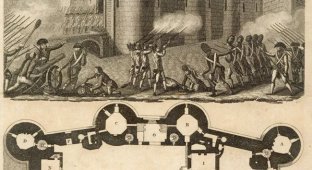The Elephant of the Bastille: a phantasmagoria of forgotten ambitions (9 photos)
In the heart of Paris, where the impregnable Bastille prison once stood and where the storm of the French Revolution unfolded, a mysterious giant stood for many decades - a colossal elephant made of plaster. This monument, conceived as a symbol of greatness and triumph, turned over time into a pitiful sight, causing more despondency than admiration. 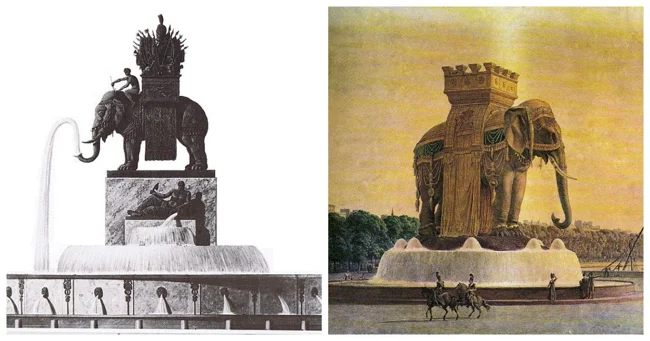
Its tusks crumbled, its body blackened by rain and city soot, and rats, stray cats, and even beggars settled inside its cavities. The base, once intended for a majestic monument, was overgrown with weeds - dandelions, thistles, and wild grasses seemed to have declared their victory over human ambitions.
Napoleonic Dream 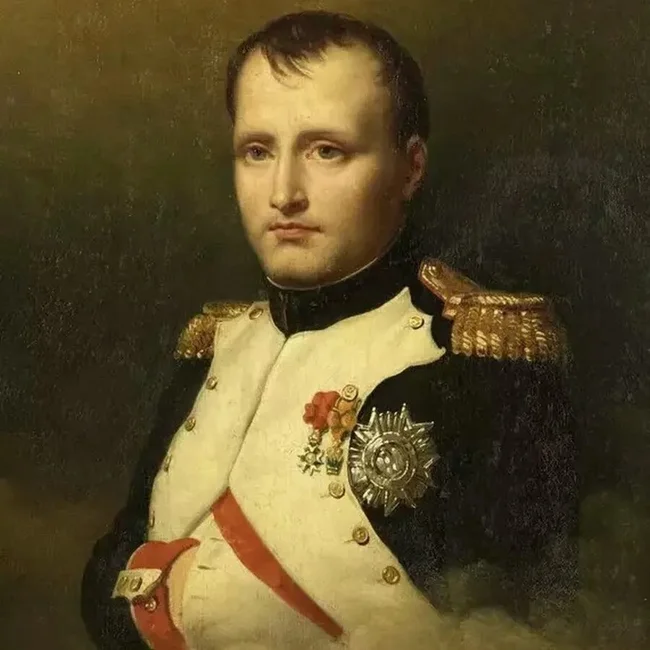
Napoleon Bonaparte
The story of this strange creature began with Napoleon Bonaparte. The emperor, whose name became synonymous with conquest, conceived of erecting a monument on the site of the Bastille that would symbolize his glory. This elephant was not to be just a statue, but a true marvel of engineering.
Made from bronze melted down from captured cannons captured during his countless campaigns, the elephant was to become the embodiment of power and grandeur. Its trunk was planned to be a fountain, and inside the massive leg, almost 2 meters wide, there was to be a spiral staircase leading to the room under the elephant's back. 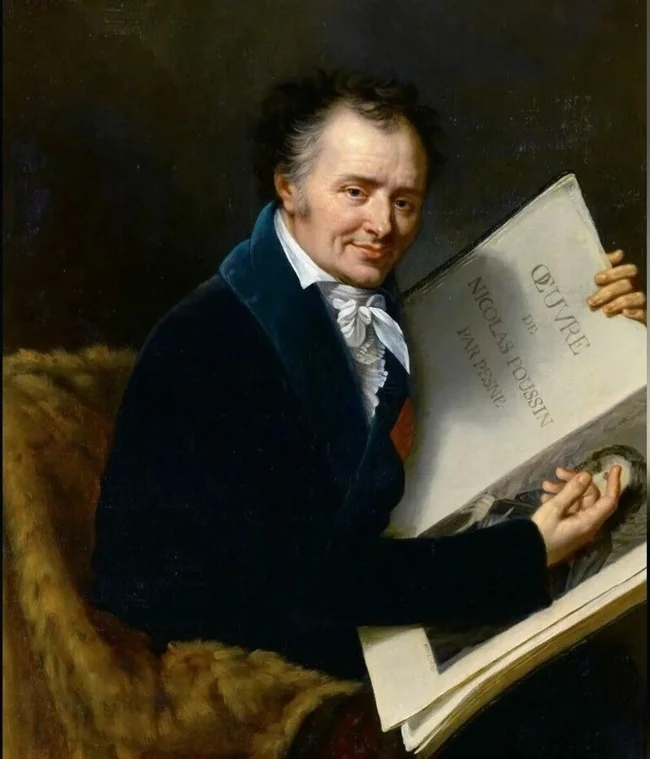
R. Lefebvre. Portrait of Dominique Vivant-Denon
This project was part of Napoleon's larger plans, which were to perpetuate his reign and turn Paris into the capital of world greatness. However, fate decreed otherwise. After the fall of the empire, the project remained unfinished, and the idea was only partially implemented.
Plaster Ghost of Greatness 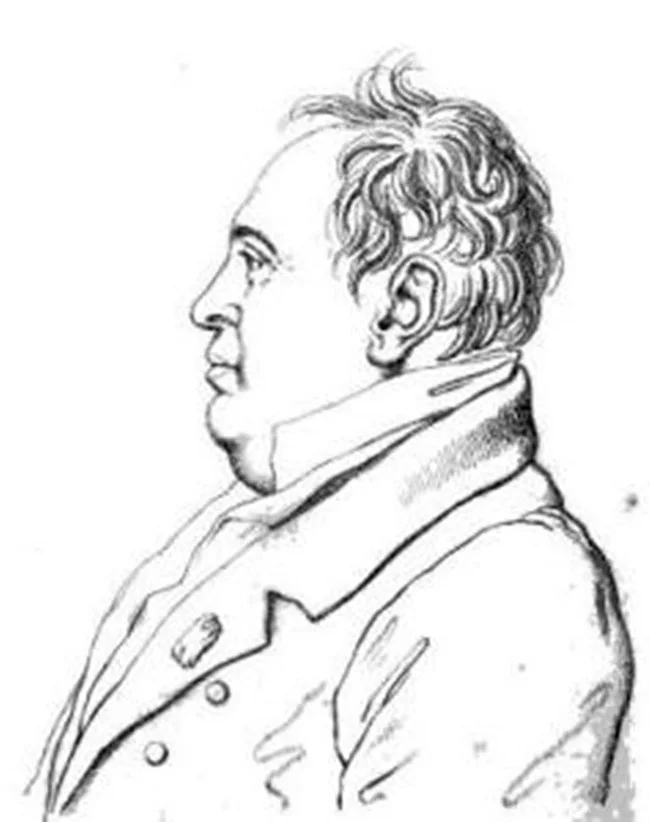
Jean-Antoine Alavoine
Dominique Vivant, a famous artist, writer, diplomat and first director of the Louvre, was appointed to implement the project. Jacques Cellérier became the architect, who began excavation work in 1810. By 1812, the vaults and underground utilities were completed. However, after Cellérier's death in 1813, the project passed to Jean-Antoine Alavoine. 
The Bastille Elephant, original design from 1809
To demonstrate what the finished monument would look like, Alavoine commissioned the sculptor Pierre-Charles Bridan to create a life-size model of the elephant in plaster. The result was impressive - a three-story giant towering over the square that had witnessed so many historical events. 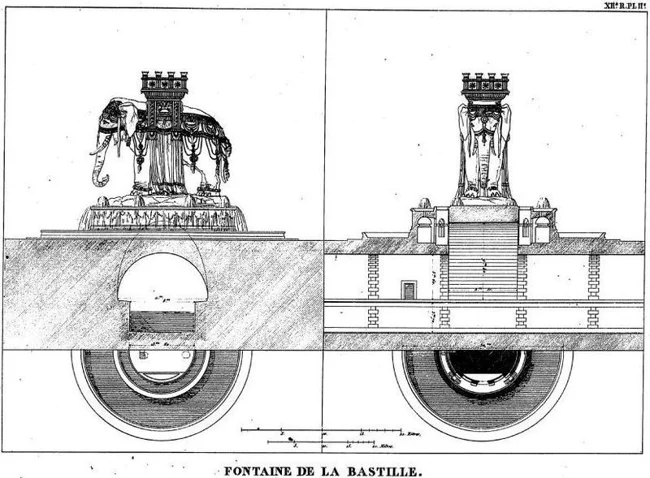
But soon after Napoleon's defeat at Waterloo in 1815, construction ceased. The plaster monster remained standing on the square, gradually turning into ruins. Time and weather took their toll: the plaster crumbled, forming deep cracks, and the internal cavities became a refuge for urban vagrants and rodents.
The Elephant in Literature: A Refuge for Gavroche 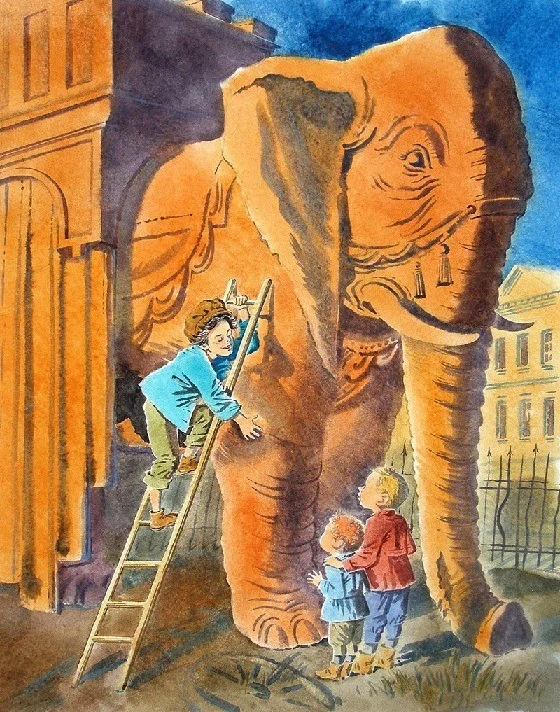
Illustration for Victor Hugo's novel "Les Miserables"
The Elephant of the Bastille received a second life thanks to the pen of Victor Hugo. In his famous novel "Les Miserables", the writer mentioned this forgotten giant, turning it into a refuge for the main character-vagrant Gavroche. Hugo described the elephant as a symbol of abandonment and absurdity:
He was unclean, despised, repulsive and superior, ugly in the eyes of the bourgeois, melancholy in the eyes of the thinker. Few outsiders visited the building, and no passerby looked at it. It was falling into disrepair; each season the plaster peeled off its sides, leaving hideous wounds.
This description accurately conveys the atmosphere of the time: the elephant became not only a symbol of forgotten ambitions, but also a metaphor for decline.
End of History 
By the early 1820s, locals began to complain about the elephant. The rats that crawled out of its cavities every night were becoming a real scourge. Eventually, the townspeople petitioned to demolish this monster. It was only in 1846 that the plaster elephant was finally destroyed. The July Column, dedicated to the 1830 revolution, was later erected in its place. 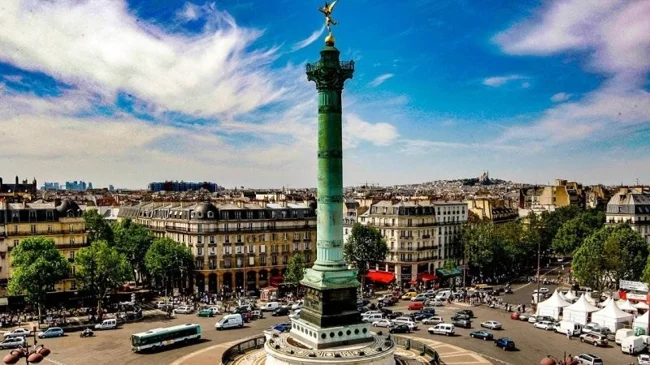
July Column
The Bastille Elephant has gone down in history as an example of unfulfilled ambitions and the transience of human glory. Only memories, literary descriptions and legends remain of it. This giant, once conceived as a symbol of greatness, has become a reminder of how easily dreams can turn to ruin.












